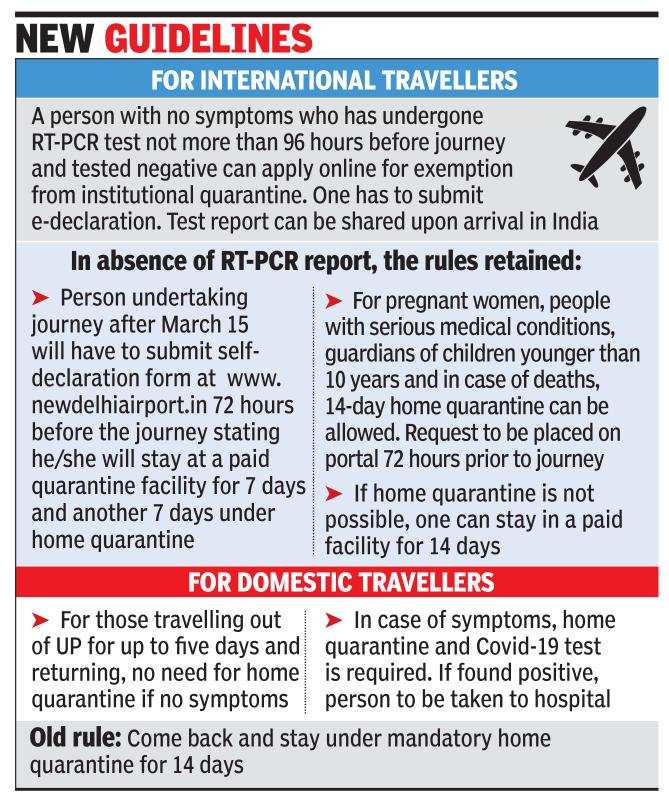Quarantine is a temporary restriction of the movement of goods and people that is intended to stop the entry of diseases or insects that are not known to be present. It can be used in conjunction with an outbreak plan, especially in cases where the number of infected people exceeds the ability of a single hospital to handle them. However, it can also be used to quarantine those who are sick but have no symptoms and therefore do not pose a threat to the public health.
Quarantine works as an effective way of keeping infections from spreading. However, in order for a quarantine to work, it should be followed strictly and consistently. Quarantine does not only apply to travelers, but also to those who come into contact with individuals with the disease. This includes health care workers, caregivers and caretakers of children.
In case of a medical emergency, when a patient has no symptoms or is otherwise healthy, a quarantine should be applied as soon as possible. The same applies to persons who travel and/or reside in a country where there is an outbreak. These people should stay at home and avoid any possible exposure to an outbreak site or its immediate surroundings. If possible, they should not venture out to work or school.
The first task of the quarantine is to provide instructions to the public health authorities. In order to implement a quarantine, the public health authority will require confirmation of the presence of a contagious disease in the community. A contagious disease can be determined by the occurrence of fever or vomiting for two weeks or by blood test results for the next two weeks. These confirmatory tests are known as PCR testing. Once a disease is confirmed, the public health authorities will issue a notice to the general public stating that an outbreak has occurred.

The quarantine does not affect people's lives immediately
Although the outbreak itself has been contained, the outbreak will likely be renewed if the quarantine has not been observed in full.
Therefore, in order to ensure that the outbreak does not restart, people who are infected should refrain from any further contact with other individuals or their direct contact with any contaminated things. until all symptoms have abated.
There are also steps that health care providers such as nurses and healthcare professionals can take to reduce the risk of an outbreak. This includes educating people on the importance of their personal protective clothing and ensuring that their personal belongings such as clothing and bedding are disinfected.
Health care providers must ensure that their personal items are disinfected such as bedding and clothing, and use personal protective clothing. If a nurse detects an outbreak, she should encourage her patients to wash their clothes and bedding and disinfect them with bleach. This will ensure that other members of their family do not get infected.
Once the outbreak is contained, health authorities will send another notification to the public that the outbreak is over. This announcement should then be published in the local media to inform the general public. People who have traveled to an area affected by an outbreak should not return to the same location unless they have been properly disinfected. Health care providers must ensure that the area is completely cleared of all possible carriers of the disease. Local authorities should then send another notice to the public informing them that no further testing or treatment is necessary at this stage.
